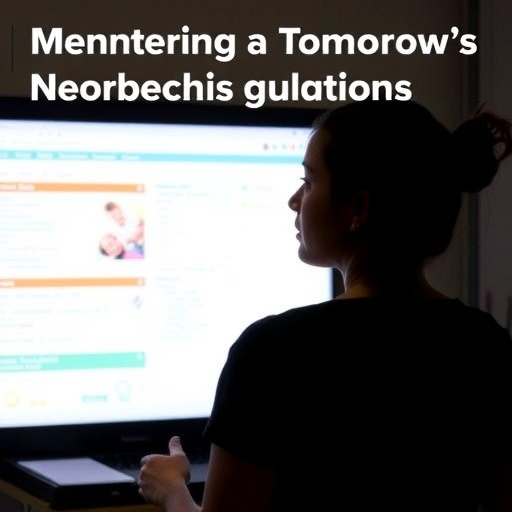The lifespan of a transplant kidney has significantly improved over the last thirty years. Between 1986 and 1995, 75% of the transplanted kidneys still functioned five years after the transplant. Between 2006 and 2015, this number had already risen to 84%. However, an international study lead by kidney specialist Maarten Naesens of KU Leuven shows that the progress is stagnating.
A transplanted kidney's lifespan is 15-20 years on average. If this kidney stops working, the patient is back on the waiting list for a new one. However, a second or even a third transplant is more complex, as finding a new good match between donor and recipient becomes increasingly difficult. In practice, this often results in patients having to undergo dialysis treatment for a long time or even for the rest of their lives. To be able to avoid this, extending the lifespan of transplant kidneys should be given priority.
A lot has improved over the last thirty years, explains Professor Maarten Naesens of KU Leuven and University Hospitals Leuven. "The data of more than 100,000 recipients of transplant kidneys across Europe from 1986 until 2016 show that we have made considerable progress in the last thirty years. Between 1986 and 1995, 87% of the transplanted kidneys still functioned one year after the transplant. After five years, that was still 75%. Between 2006 and 2015, this number had risen to 92% one year after the transplantation and 84% five years after."
This is good news, but there is one important remark to be made, continues Naesens. "For the most part, this progress was made in the period 1986-2000. Unfortunately, we haven't seen much progress in the last 15 years. The data confirms what we already noticed in the hospital. This is especially striking compared to other fields in medicine."
"Against expectations, the stagnation has nothing to do with the changing profile of donors and recipients, at any rate. On average, they have become older with more concomitant diseases in past years. But even if we take this into account, it doesn't explain why the lifespan of a transplant kidney has stagnated." So, the question is: what is the cause?
The explanation can be found in the way we treat patients, concludes Naesens: "The medication currently used to prevent a kidney from being rejected by the recipient's immune system dates back to the nineties of the previous century. Our scientific knowledge has, of course, increased in the last 15 years, but this hasn't resulted in better medicines. This means that there is a clear need for innovation when it comes to kidney transplants."
###
Media Contact
professor Maarten Naesens
[email protected]
32-951-84267
@LeuvenU
http://www.kuleuven.be/english/news?
https://nieuws.kuleuven.be/en/content/2018/transplanted-kidney-survives-longer
Related Journal Article
http://dx.doi.org/10.1016/j.kint.2018.05.018




